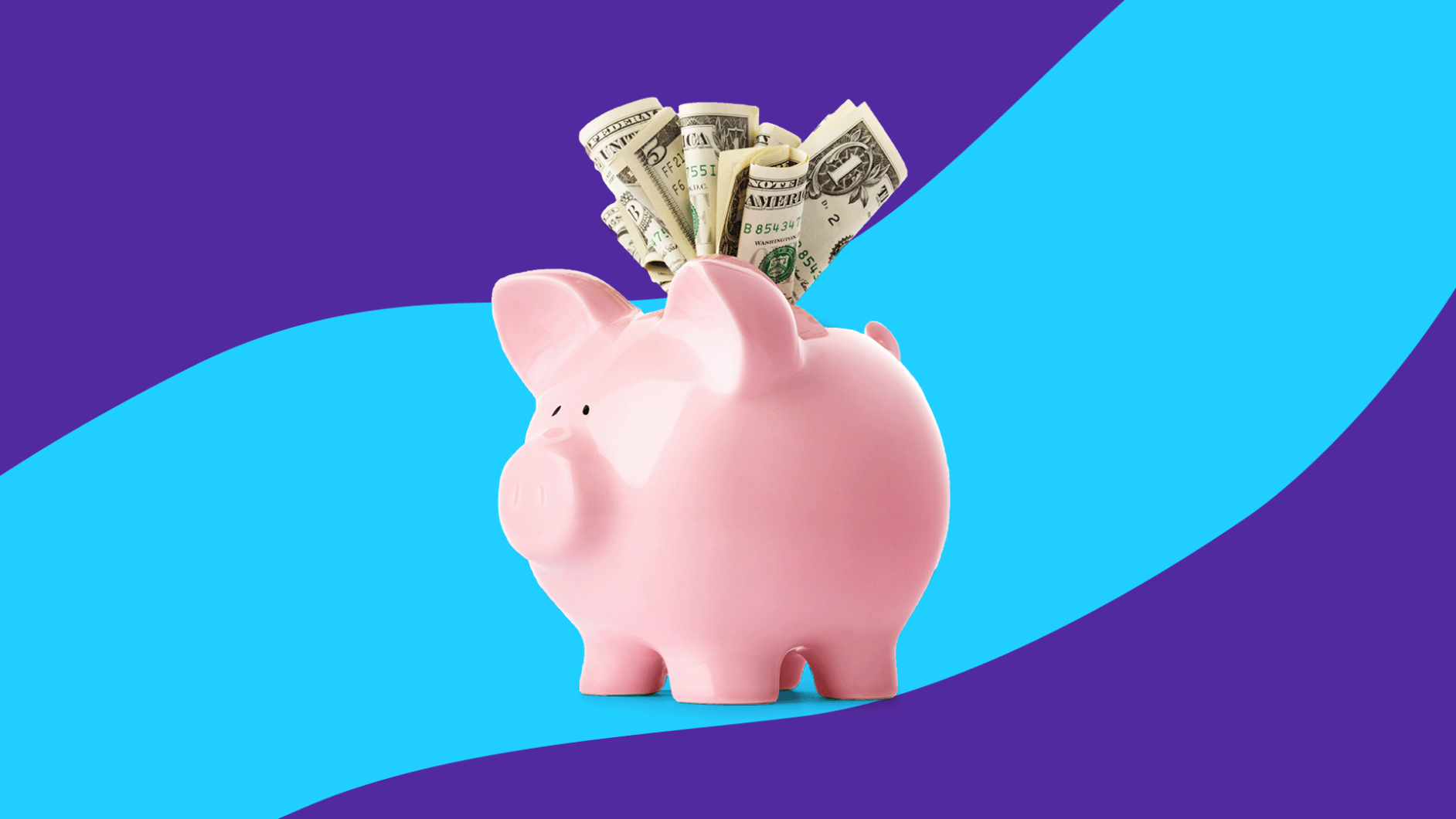Do you have a flexible spending account, also called a flexible spending arrangement (FSA), through your employer? If so, you know that they are a great way to help you spend less on health care. But they only save you money if you spend everything in the account before the deadline, which is usually the end of the calendar year.
For 2023, the IRS limit for annual FSA contributions is $3,050, a $200 increase over 2022 that reflects inflation. And, most years, that money is use it or lose it. Meaning, whatever you have contributed to your account this year, your time to spend ends at the end of the calendar year. Though, there are circumstances when you might have a little bit of wiggle room.
In typical years, there are two cases in which you can get extra time to spend your FSA money:
- The rollover option: In accounts where employees have the rollover option, you can move up to $570 from this year’s money to next year’s balance. In 2023, that amount rises to $610.
- The grace period option: If your employer has chosen the grace period option, you may have up to two and a half additional months to spend the entire balance of your account. Usually, the grace period ends on March 15 of the following year.
Usually, you are only allowed one of these options, and it has been chosen by your employer ahead of time. Check with your human resources department to find out which option you have for your account.
In 2021-2022, the IRS made a special exception because the COVID-19 pandemic increased the likelihood that people had unused FSA funds—thanks to decreased availability of healthcare. Notice 2021-15 allows for increased discretion by employers for health FSAs in the following ways, but expires December 31, 2022:
- Provides flexibility for the carryover of unused amounts from the 2020 and 2021 plan years;
- Provides flexibility to extend the permissible period for incurring claims for plan years ending in 2020 and 2021;
- Provides flexibility to adopt a special rule regarding post-termination reimbursements from health FSAs;
- Provides flexibility for a special claims period and carryover rule for dependent care assistance programs when a dependent “ages out” during the COVID-19 public health emergency; and
- Allows certain mid-year election changes for health FSAs and dependent care assistance programs for plan years ending in 2021.
Again, it’s up to your employer to decide, so check in with your human resources team to find out your options.
RELATED: HRA vs. HSA vs. FSA
How to use FSA money
Regardless of which option you have in your FSA account, you will need to spend all of your remaining money before a certain deadline. And if that deadline is approaching, you may need ideas on how to spend that remaining FSA money. You have a few options, including traditional healthcare expenses, dental and vision care, and prescription and OTC medications.
Here are 81 ways you can use your FSA money:
- Prescription medications and copays
- Doctor’s visits and copays
- Hearing aids
- Wheelchairs
- Crutches
- Influenza, COVID-19, and other vaccinations
- X-rays
- MRIs
- CT scans
- Acupuncture
- Chiropractic care
- Physical therapy
- Occupational therapy
- Substance abuse treatment
- Psychiatric treatment/therapy
- Dental guards and night guards
- Pain-relieving gel for teeth
- Denture cleaner
- LED light therapy systems
- Heat packs
- Acupressure mats
- Transcutaneous electrical nerve stimulation (TENS) units and additional pads
- Cooling fever relief sheets
- Massage therapy balls
- Massage guns
- Orthodontics
- Dentures
- Dental cleanings
- Braces and some invisible aligners
- Orthodontic treatment
- Cold packs and ice bags
- Contacts
- Prescription glasses
- Reading glasses
- Prescription sunglasses
- Eye exams
- Eye surgery, including Lasik
- Bandaids, gauze, and other wound care items
- Medical tape
- Lip balm (SPF 15 or higher)
- First aid kits
- Antibacterial cream
- Ace bandages
- Knee, wrist, or ankle braces
- Sunscreen (SPF 15 or higher)
- Humidifiers (with a letter of medical necessity)
- Thermometers
- Over-the-counter pain relievers, like Tylenol, Advil, and Motrin
- Over-the-counter cold and cough medicines
- Aspirin
- Topical analgesics
- Calamine lotion
- Hydrocortisone cream
- Sleep aids
- Saline nasal sprays
- Sinus rinses
- Medicated nasal sprays, like Flonase
- Allergy medicine, like Zyrtec, Claritin, Allegra, and Benadryl
- Panty liners
- Menstrual pads
- Menstrual cups
- Tampons
- Period underwear
- Condoms
- Other contraceptives
- Pregnancy tests
- Fertility tests
- Infertility treatment
- Ovulation monitors
- Tubal ligation
- Vasectomies
- Prenatal vitamins
- Ultrasounds
- All expenses related to childbirth
- Breast pumps
- Certain baby monitors
- Breast milk storage bottles and bags
- Breast milk test kits
- Diaper ointment
- Nursing pads
- Newborn doctor’s visits
- Pedialyte
- Ambulatory services
- Hospital stays
- Urgent care visits
- Medical records fees
Now get out there, and use your FSA money before it’s too late. If you need more suggestions, visit the FSA Store, where you can search and purchase any eligible items. Here’s to your health!











